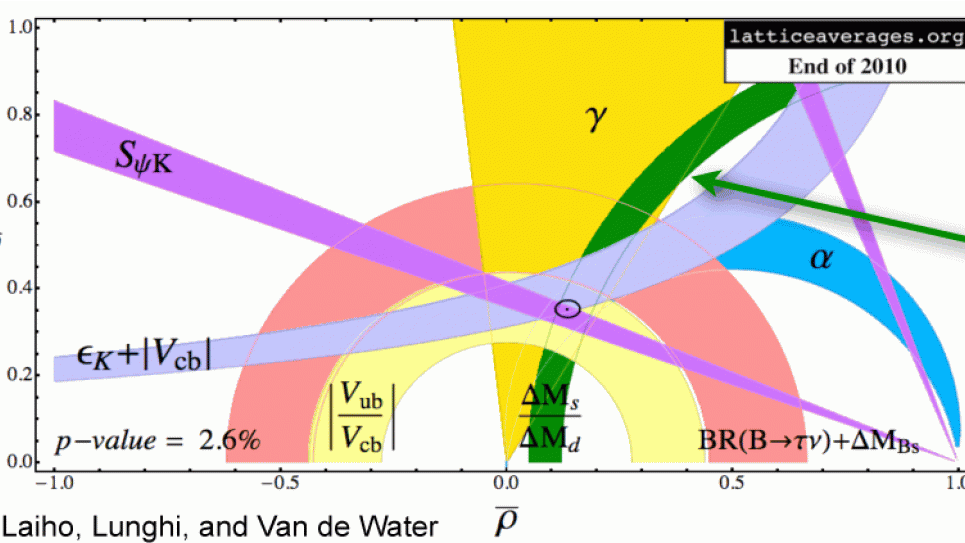
LatticeQCD - Early Science
Lattice quantum chromodynamics (LQCD) calculations are required to relate the experimentally observed properties of the strongly interacting particles to QCD, the fundamental theory of quarks and gluons. This research aims to produce the high-precision lattice QCD calculations that are urgently needed in the analysis of crucial experiments in high energy and nuclear physics that have recently been completed or are in progress. The broad aims of the calculations are to determine some of the basic parameters of the standard model of sub-atomic physics; to compute the masses, decay properties, and internal structure of strongly interacting particles; to obtain a quantitative understanding of the behavior of strongly interacting matter under extreme conditions of temperature and density; and to begin the study of strongly interacting theories that may be necessary to describe nature at the shortest distances.
Researchers will use the next-generation Blue Gene to generate gauge configurations that are representative samples of the systems being studied. These configurations will immediately be made available to all members of the U.S. Lattice Quantum Chromodynamics collaboration (USQCD), who will use them to perform a wide range of calculations. Members of USQCD are currently generating gauge configurations with three different formulations of lattice quarks, anisotropic clover, domain wall (DWF), and highly improved staggered quarks (HISQ), each of which has important advantages for different aspects of our work. Researchers expect to be using these formulations at the time of the Early Science Program. The next-generation Blue Gene will enable them to generate configurations that would support calculations of the spectrum, decay properties and internal structure of strongly interacting particles, and tests of the standard model, of unprecedented precision.